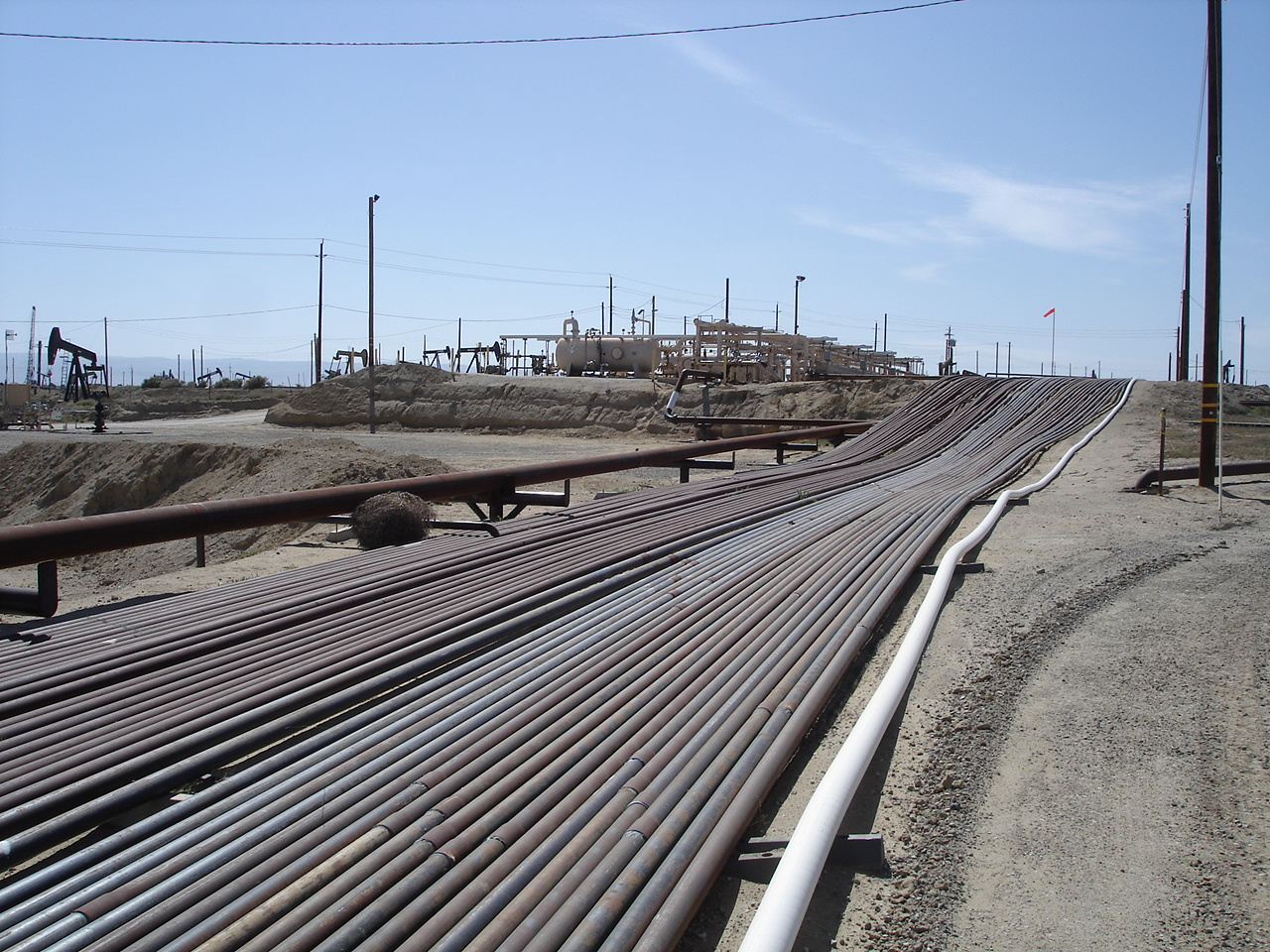SOURCE
https://www.eng-tips.com/viewthread.cfm?qid=1360
The above URL contains the entire discussion. Below is a snippet.
QUESTION
I am studying for the lubrication engineers exam and need to know more about “schedule pipe” what it means and what do they mean by schedule 40 and schedule 80. And, what is the difference between pipes SCH 40 and SCH 40S?
REPLIES
mbeychok
The pipe schedule refers to the pipe wall thickness. The higher the schedule, the thicker is the pipe wall. For example:
2-inch nominal size steel pipe: schedule 40 has a wall thickness of 0.154 inches and schedule 80 has a wall thickness of 0.218 inches.
4-inch nominal size steel pipe: schedule 40 has a wall thickness of 0.237 inches and schedule 80 has a wall thickness of 0.318 inches.
As you can see, the relationship between schedule and wall thickness changes with the
pipe nominal size.
Table 6-6 in Perry’s Chemical Engineers’ Handbook (Sixth Edition) provides the schedule thicknesses for steel pipe nominal sizes ranging from 1/8 of an inch to 30 inches. I am sure similar tabulations are available in other books as well.
butelja
The schedules that end in S (5S, 10S, 40S, & 80S) are for stainless steel pipe. In MOST smaller pipe sized (<8") schedule 40 and schedule 40S have the same wall thickness. In larger diameter pipes, they do not. Also, there are no schedule 5 or 10 carbon steel pipes until you get into very large (>14") sizes.
